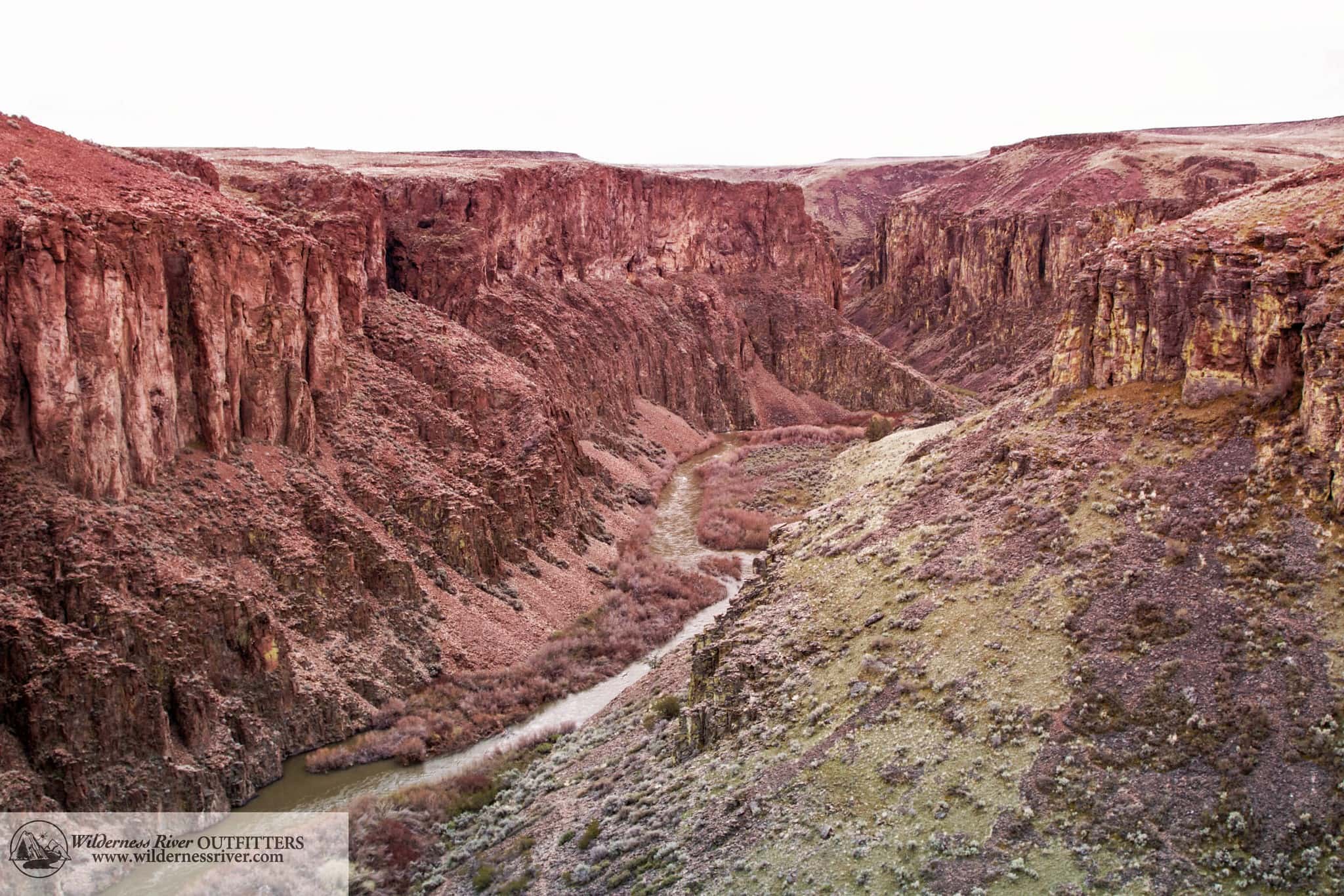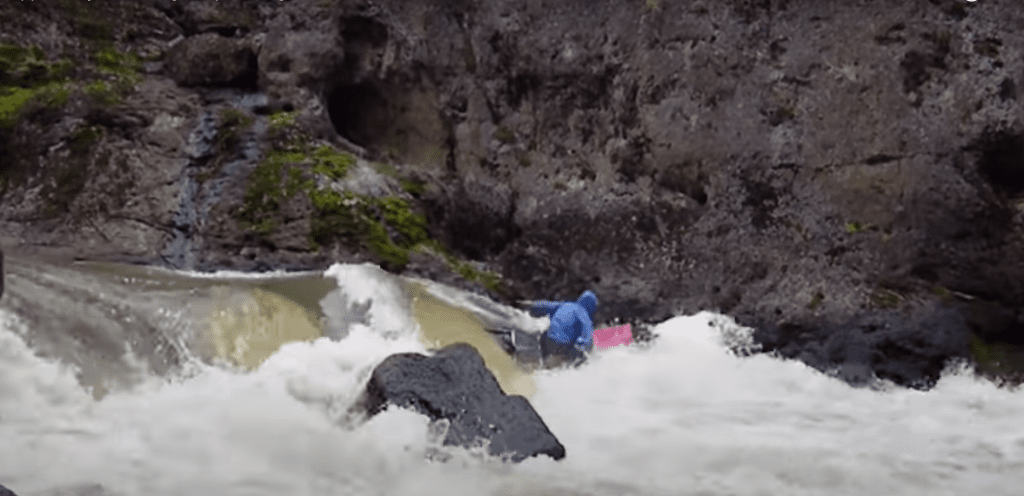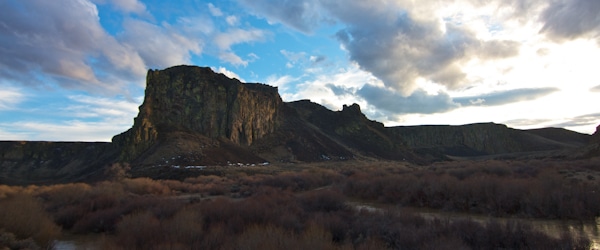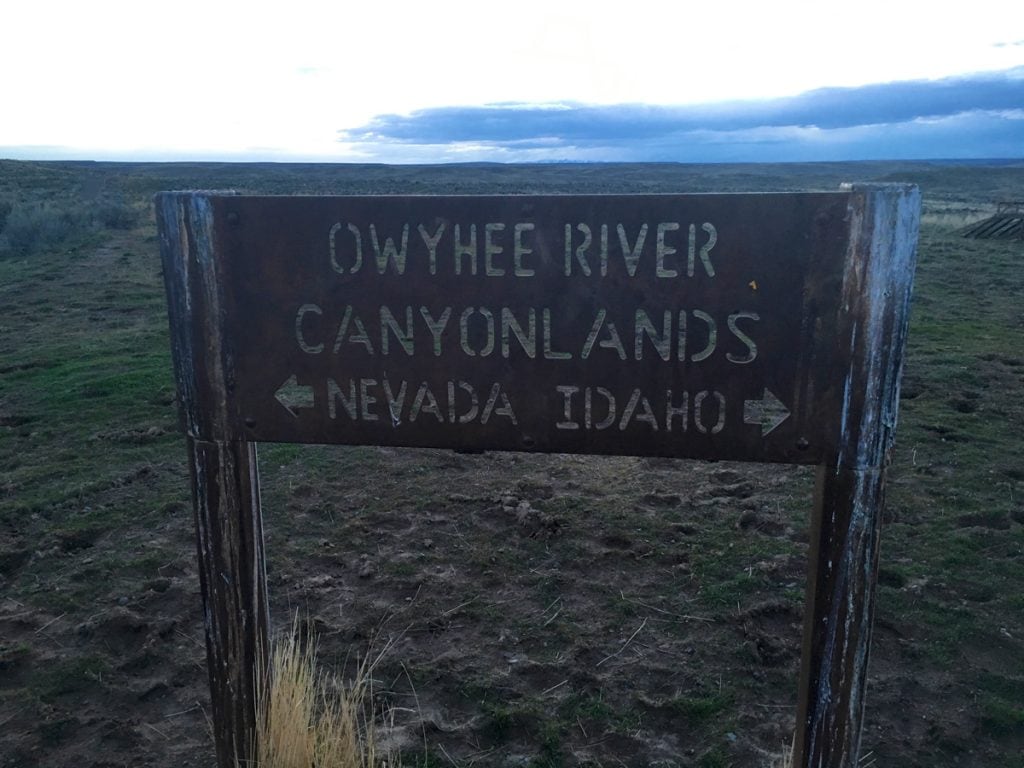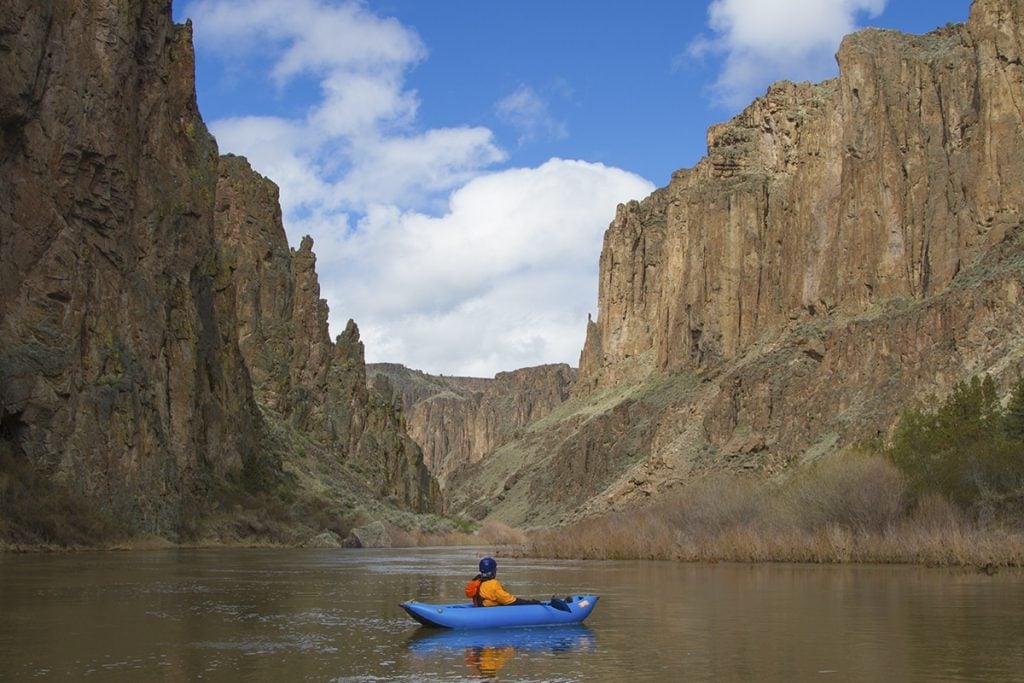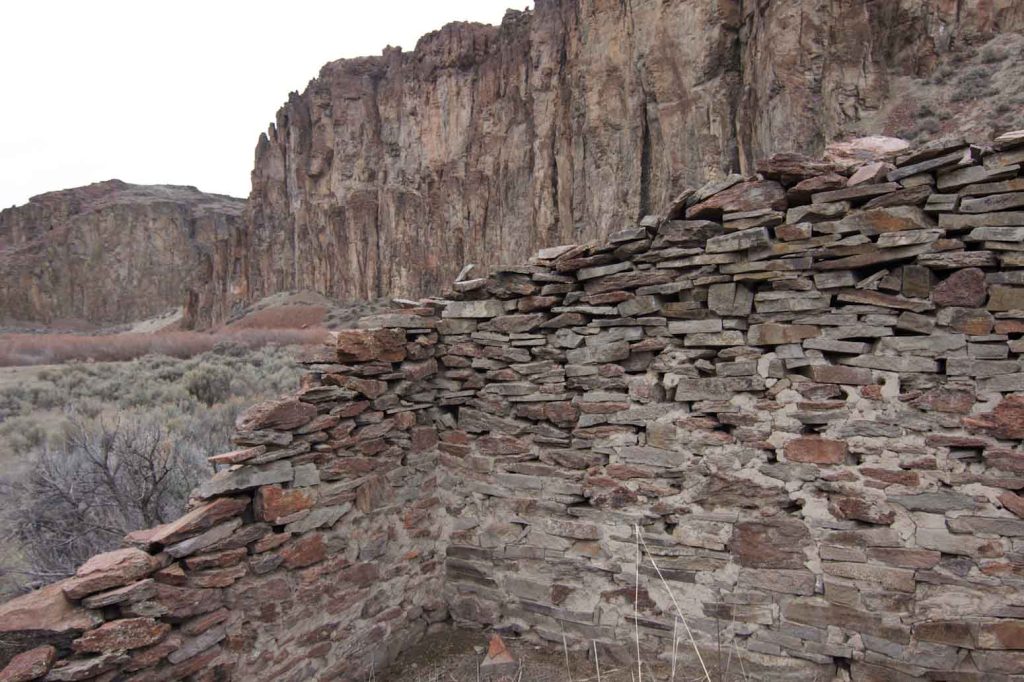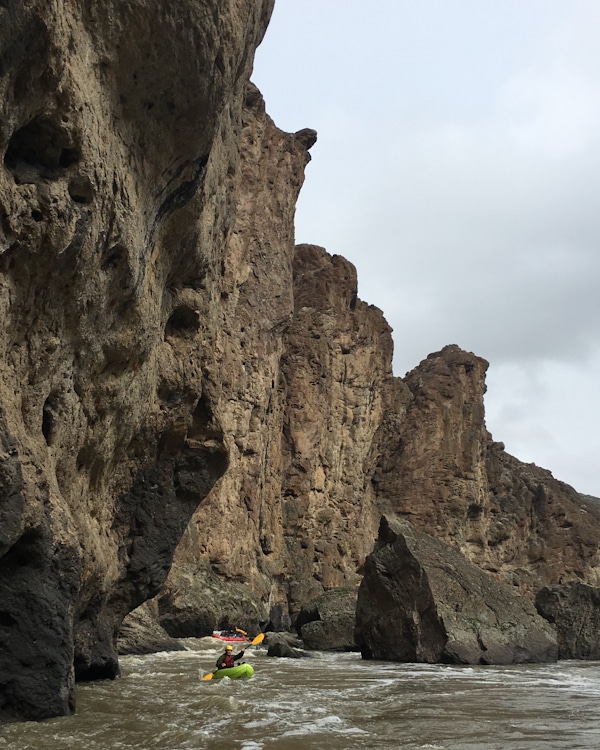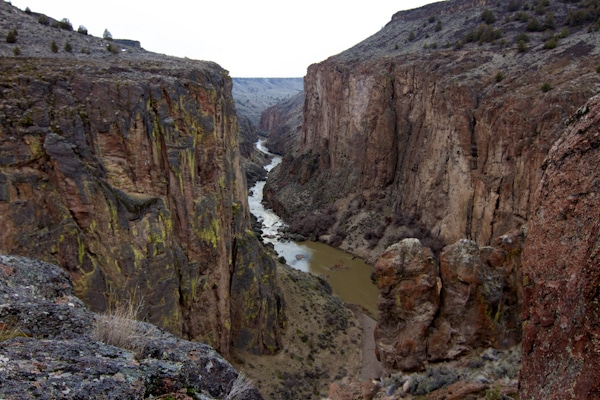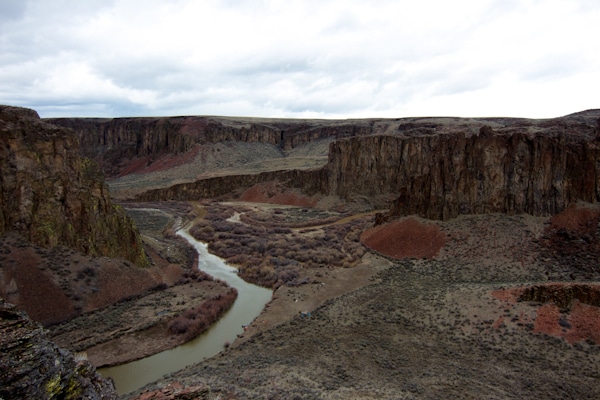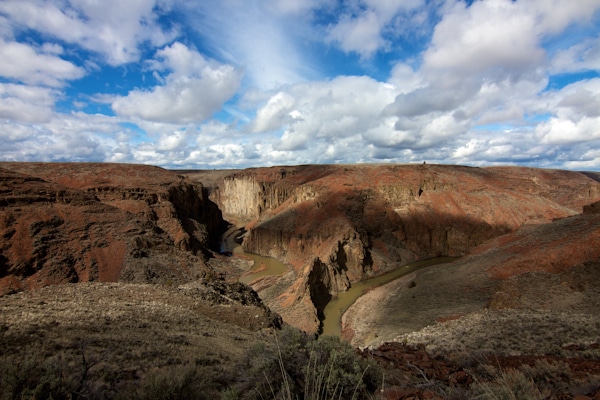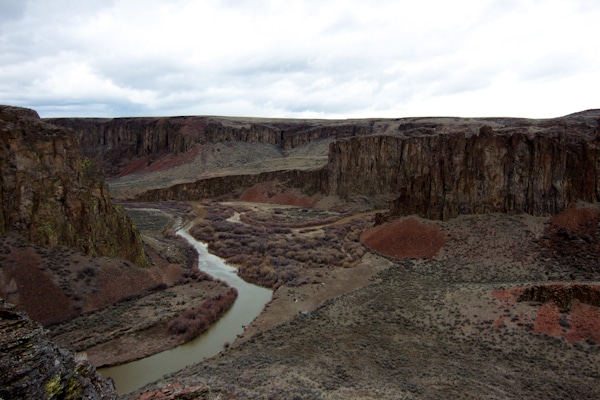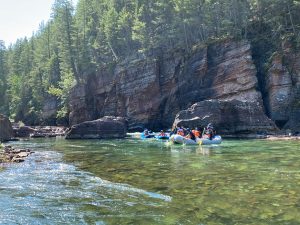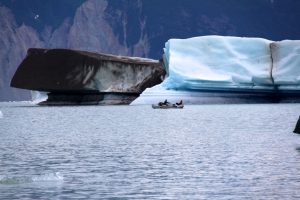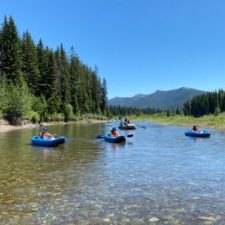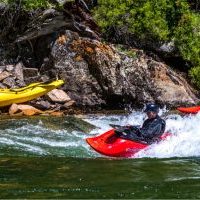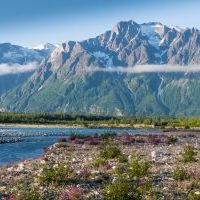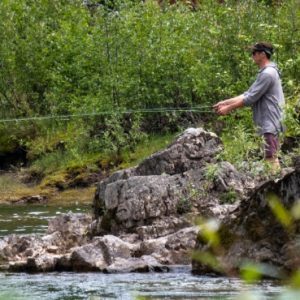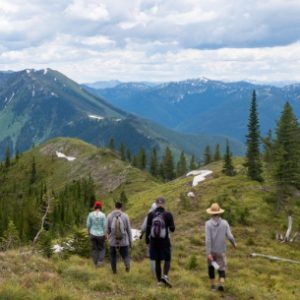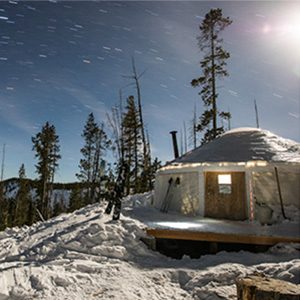Overview
The Upper Owyhee puts in at Duck Valley, Garat Crossing, or Crutcher’s Crossing and takes out at Three Forks.
Trip Highlights
- 5-8 days, 41-103 miles
- Swift, technical, thrilling whitewater
- Garat’s gorge, class V falls and portages
- High adventure
- Extremely Remote setting
- Inflatable kayak/ packrafting
- Birds of prey
The wild Owyhee River whittles a dramatic, narrow canyon through the highlands of southern Idaho and Oregon, cutting through the rhyolite and basalt plateau as it has for millennia. There is a reason this tributary of the Bruneau has so often been likened to the Grand Canyon. But unlike the Grand, the few that venture to this extraordinary river have its magic all to themselves—the sound of songbirds echoing against thousand-foot sheer canyon walls, the springtime bloom of desert wildflowers, and rapids that vary from fun, Class III waves and holes to thrilling, technical whitewater.
The Upper trip begins on the East Fork of the Owyhee, accessed by way of the Duck Valley Indian Reservation in Idaho. The river flows northwest, converges with the South Fork of the Owyhee, and eventually reaches Three Forks, Oregon. Though there are long stretches of slow-moving, calm water on this section, it is also the most technically challenging portion of the Owyhee River, often with a few portages and lining projects along the way. This stretch gets very little human use and is an excellent place to see wildlife. It is rare to see anyone else on the East Fork. This section is for someone with a great spirit for adventure and a love for remote places–definitely a step off the beaten path, but those who seek it out are rewarded in a special way. On this section people paddle their own inflatable kayaks. For an additional fee guests can purchase a raft seat (this is only to limit the number of rafts on this section with two possible portages).
There are hundreds of miles of runnable whitewater on the Owyhee, and we offer trips on several sections of this remote river, and multiple access points to the canyons make it possible for you to customize your own trip and schedule to do individual sections or to combine them for a longer trip. This trip typically runs in April, and varies between 4 and 12 days. Just ask us for more details!
Keeping Our Options Open: If the water is too low to put in at Duck Valley, Garat Crossing provides a second access point. Garat is 24-miles below Duck Valley and is a 4-wheel drive mission to get into the river. Crutcher Crossing is another access point for the East Fork, another 4-wheel drive adventure. If for weather or water reasons the East Fork is not an option, the South Fork is a great trip as well. Anyone that plans an Upper Owyhee trip should be ready for plan B, but luckily there are many options for great river trips in this section of the canyon.
The Stats
| Departure Month | April |
| State / Region | Oregon & Southwest Idaho |
| Adventure Level | High |
| Price Range | $1500 - $2000 |
| Activities | Hiking, Canoeing, Wildlife, Whitewater Rafting, Inflatable Kayaking, Hot Springs |
Logistics
This trip is relatively simple logistically for your travel plans as it begins and ends in Boise, Idaho (BOI). The before and after trip plans are the same for the Upper, Middle, and Lower Owyhee, the only thing varying being driving times to and from the river.
Before the trip:
Travel to Boise, Idaho (BOI) no later than 5:30 pm one day prior to your trip’s launch date, with lodging arranged for this first night. We recommend staying at the Best Western Inn (Vista at the Airport) Inn for logistic simplicity. The hotel has a free airport shuttle or parking available to leave your car if you plan on driving to Boise.
Plan on meeting for orientation at 6 pm the night before the launch at the Best Western Inn (Vista) (1-800-727-5006). Here you will meet your trip leader, other guests that will be on your trip, and we will hand out dry bags, discuss the trip details and answer any last minute questions.
The next morning we will depart the Best Western Inn and drive as a group to the river put-in, which the length of drive will vary depending on what section of river (Upper, Middle, or Lower) you are doing.
After the Trip:
We provide transportation to Boise from the river take out. The length of the drive will vary depending on what section of river (Upper, Middle, or Lower) you are doing, but we typically aim to arrive by late afternoon.
Sample Itinerary
Day before the trip: Arrive in Boise, Idaho no later than 5:30 pm with lodging arranged for this first night. Plan on meeting for orientation at 6 pm the night before the launch at the Best Western Vista Inn. Here you will meet your trip leader, other guests that will be on your trip, and we will hand out dry bags, discuss the trip details and answer any last minute questions.
Day 1: We’ll get an early start for our drive to the river at the Garat Launch site. We usually have lunch, gear up and have a river safety talk before taking to the river. The first day we have a pretty mellow float to camp at the Tules. This spot is a beautiful place with great scenery and hiking options, either for that evening or the next morning.
Day 2-4: We usually start off the day with a dutch-oven breakfast around the campfire in the morning. After packing our bags and strapping our loads down we’ll hit the water. We try to customize our activities to the interests of each particular group. Our days on the river vary with many opportunities for hiking, exploring and relaxing around our beautiful camps. The Upper Owyhee from Garat to Crutcher Crossing is a pretty mellow whitewater section with spectacular canyon scenery, especially through the tight section of Lambert Gorge! Owyhee Falls is in the Lambert Gorge section, and requires some time to portage or line the rafts through depending on water levels. There are also several interesting old homesteads and historical sites of Native Americans and pioneers that once lived in this area. We’ll usually get to camp in the early evening, try to have some time for hiking and enjoying the scenery, followed by a delicious dutch-oven meal around the campfire.
**At the end of day four we will camp at Crutcher Crossing, where the first half of the Upper Owyhee ends and the second half begins. We often do a resupply here and people can join or leave the trip if they wish to do just one of the four day options.
Day 5-7: From Crutcher Crossing to Three Forks the whitewater picks up a bit with rapids like Cable and Cabin. Depending on water levels, sometimes we have to line the rafts through Cable. The scenery is impressive with some more great hiking options too. We will try to camp a few miles above Three Forks the last full day.
Day 8: The final day we will try to stop at some warm spring to check those out before arriving at Three Forks. After lunch, we will load up in the vehicle and head back to Boise. Or if you haven’t had enough or want the full Owyhee experience, continue downstream the next day on the four day Middle Owyhee extension!
*When navigating the Upper Owyhee you can plan for one thing, but you might get dealt a different hand. Water levels and road conditions can sometimes limit which section we run. Get ready for an adventure! Laying eyes on this largely unexplored and unknown desert canyon is worth the effort.
FAQs
Camp Life and Meals
Yes, we do normally change campsites every day. This allows us to cover new scenery, rapids, and side adventures each day at a fun, comfortable pace. On the Middle Fork Flathead we usually take one “layover” day where we stay at the same camp and spend the day fishing, hiking, or relaxing.
On the River
Clothing, Footwear, and Gear
Logistics
Miscellaneous
Book Now
